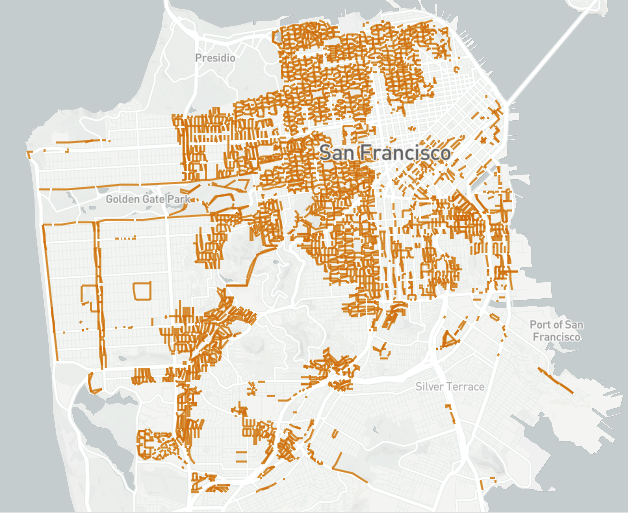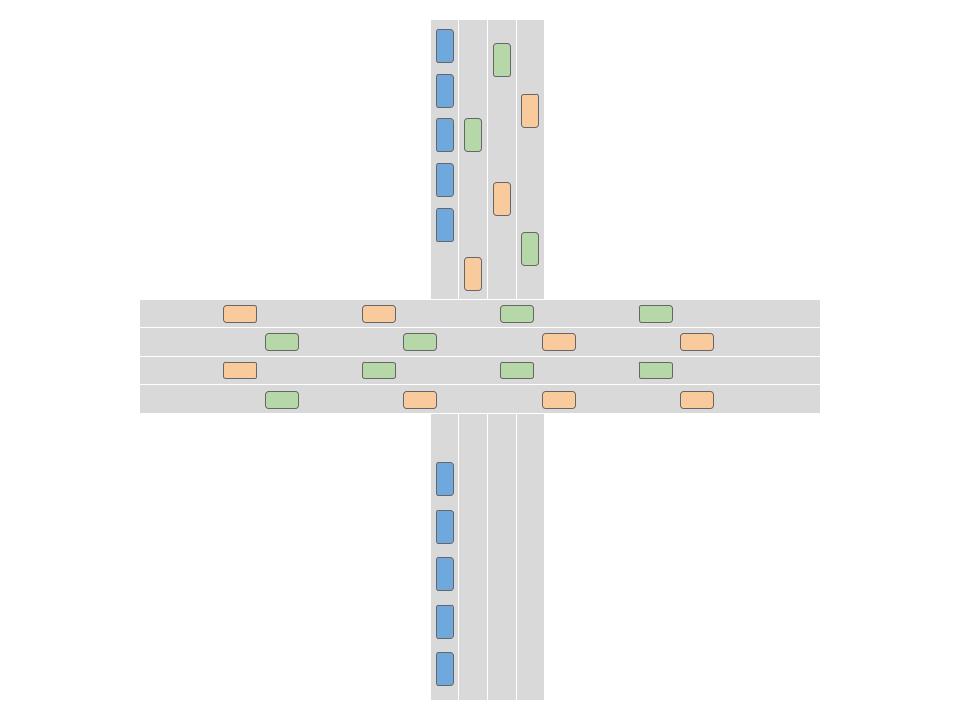Self-driving cars are scaling rapidly in San Francisco, and their cost structure is low enough to feasibly replace car ownership at a scale not possible via other ride-sharing services. Using mathematical modeling, I explored new tradeoffs this will present. For example 50% saturation would allow the removal of half of all street parking, increasing traffic flow exponentially, and allowing for increased safety, in some areas. This is one of many considerations, but one I haven’t seen accurately modeled or forecasted elsewhere, even as we head that way in San Francisco. The results are that traffic can improve significantly for high congestion areas, but the specifics depend on details such as congestion level, time of day, and patter of parking removal.
San Francisco has roughly 275,500 street-parking spaces. In many areas these heavily overlap high congestion areas.

Self-driving cars never need to park in high congestion areas (other than brief loading/unloading.) When fleets hit saturation above 10%, significant street parking can be removed piecemeal from high traffic areas. This opens new lanes to traffic, which can cause exponentially lower congestion due to the non-linear scaling of traffic. It can also increase safety due to improved visibility for both drivers and pedestrians.

A simulation of a single intersection with one (horizontal) lane of parking freed up for transit. Green autonomous vehicles are at 50% saturation. Autonomous vehicle interlinking, and long term induced demand and not included. Traffic changes depend on existing congestion levels.
